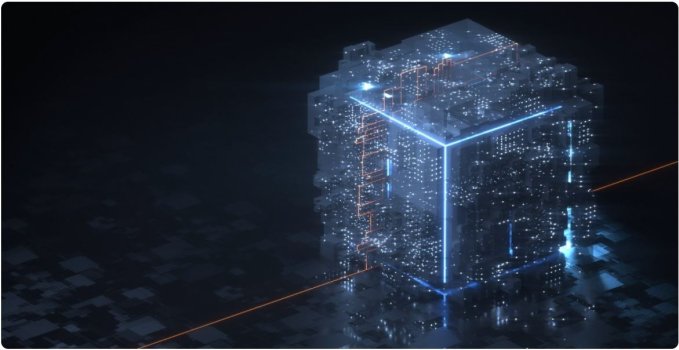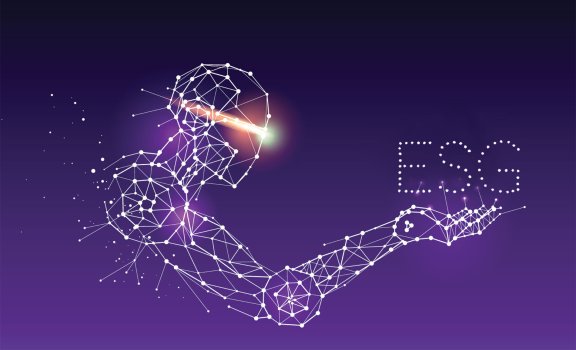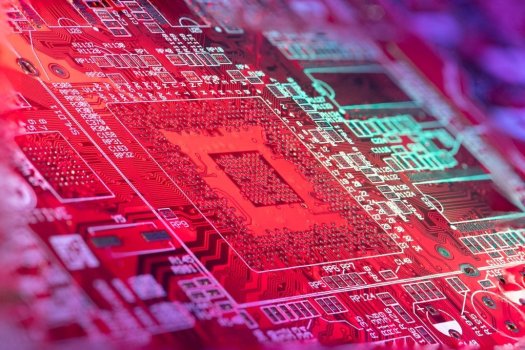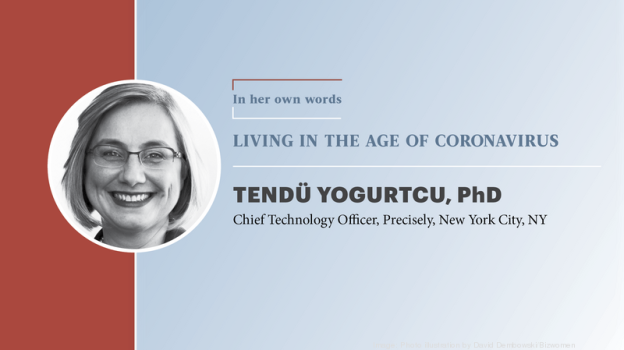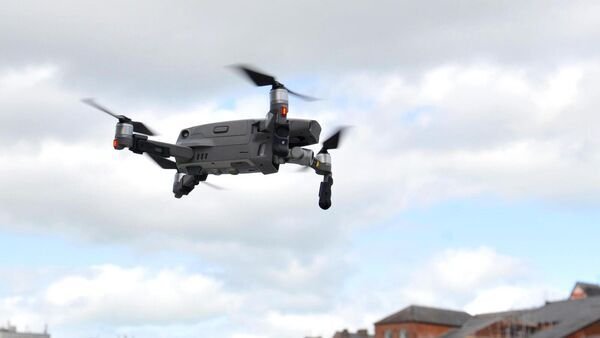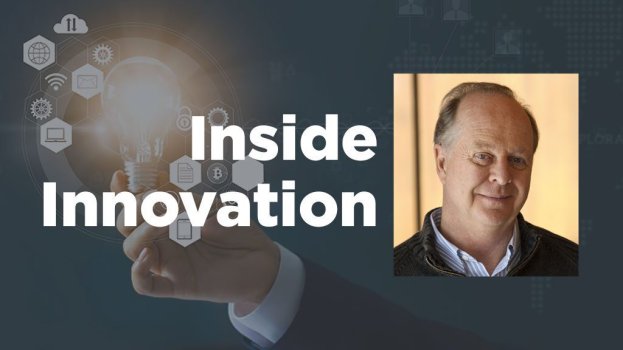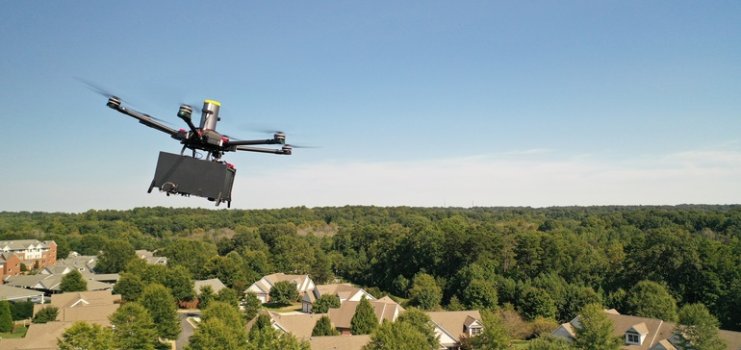As the pace of change continues to accelerate, there is a divergence between organizations that successfully leverage their data as a strategic asset and those that don’t. A
2019 The Wall Street Journal article highlighted that most corporate executives felt their AI efforts would be hindered by poor data quality.
Leveraging data to make decisions may sound obvious, but many organizations still have organizational and process silos that inhibit them from effectively leveraging their data.
Separately, 83% of organizations see data as an integral part of their business strategy, yet 69% say inaccurate data continues to undermine their efforts,
according to Experian.
Building Blocks to Unlock Data Success
Inconsistent processes and data silos extract a massive, sometimes hidden cost that personifies itself in suboptimal decision making and missed opportunities today. These inefficiencies are compounded when organizations look to leverage artificial intelligence and machine learning (AI/ML) solutions since data is the fuel required to train and run the algorithms. Too often, data scientists and engineers spend significant time and resources cleansing data before an AI/ML model can yield tangible benefits, and this can lead to elongated timelines, increased costs, and overall missed expectations.
CompTIA’s
AI Advisory Council has identified six key building blocks to help enable better usage of data and unlock future, advanced capabilities such as AI/ML across the enterprise:
- Establish alignment between corporate strategy and required data: It sounds obvious, but many organizations fail to explicitly align their corporate strategy with their technology and digital strategies, including the supporting data needs. Doing so helps you clarify the gaps that need to be addressed and relative priorities, and arguably there is not a single more pervasive technology than AI/ML. Today’s corporate strategies should have a clear understanding of how AI/ML can drive value across the enterprise or where AI/ML will disrupt their business.
- Identify and prioritize use cases: Similar to the first point, the strategic alignment exercise should have several prioritized use cases that unlock business capabilities. Organizations that have a mature data infrastructure should explore AI/ML use cases as an opportunity to experiment and learn what is possible. As the organization matures, higher value use cases and tangible results should become apparent. Organizations that don’t have the foundation in place, should focus on a set of foundational projects that unlock these desired capabilities. The interdependencies of foundational uses cases and advanced capability uses cases should communicate a cogent plan for executive alignment and funding.
- Assemble the right team: Organizations should take stock in the current team, and then consider a people strategy, which includes reuse/repurpose existing resources, upskilling/training, hiring, or renting third party skills. As mentioned above, some organizations might simply need their third-party IT service partner to provide the IT skills to model data or implement the software. As the organization matures, there are several new roles to be considered in a data driven culture – data scientist, data engineers, and others. Depending on the size of the organization and needs there may need to be new groups formed to enable the data driven culture. Examples include an AI center of excellence or a cross functional automation team.
[/LIST=1]
Continue reading: https://connect.comptia.org/blog/how-to-leverage-ai-to-get-the-most-from-your-company-s-data

